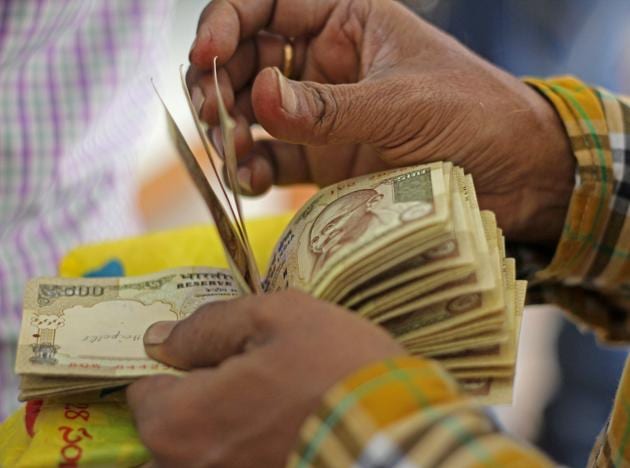Banks face interest outgo mountain on old note deposits
Flush with idle deposits that poured in from Novmber 9 to December 30 in the wake of the note ban, India’s banks may end up having to make high interest payouts.
Flush with idle deposits that poured in from Novmber 9 to December 30 in the wake of the note ban, India’s banks may end up having to make high interest payouts.

An estimated ₹14 lakh crore of deposits have come into the banks after the demonetisation exercise was announced by Prime Minister Narendra Modi on November 8. The average interest rate on savings accounts is 4%, though a few private sector lenders pay higher interest.
But with demand for credit being low, banks are unable to lend out the huge deposits, which is sitting idle with them.
The deposit base, which is expected to go a long way towards meeting banks’ recapitalisation needs, may actually end up hitting their balance sheets.
Most public sector banks are under pressure with high level of non performing assets (NPA) — loans that do not fetch returns — and low recovery of long-outstanding loans.
“The interest outgo for banks will be significantly high for at least three months beginning November..with such a huge sum of money coming into the banks, they need to be prepared to pay much more to their account holders,” CH Venkatachalam, general secretary, All India Bank Employees’ Association (AIBEA) told HT.
Banks have been cutting lending rates, and are eventually expected to follow suit with deposit rates. But no lender has made any announcement on savings account deposits.
“We are moving towards a low interest rate regime, so we have to wait and watch. There would definitely be some increase in outflow with the surge in deposits after November 10,” chartered accountant K Raghu told HT.
Prime Minister Narendra Modi had, in his address to the nation on Saturday, said interest rates for senior citizens must be protected. Senior citizens will get a fixed 8% return on 10-year bank deposits of up to ₹7.5 lakh.
However, banks are still uncertain about the percentage of money that is retained in the banking system. “There could be withdrawals once the cash supply eases, so we need to see the amount that is withdrawn from the system,” Raghu said.





